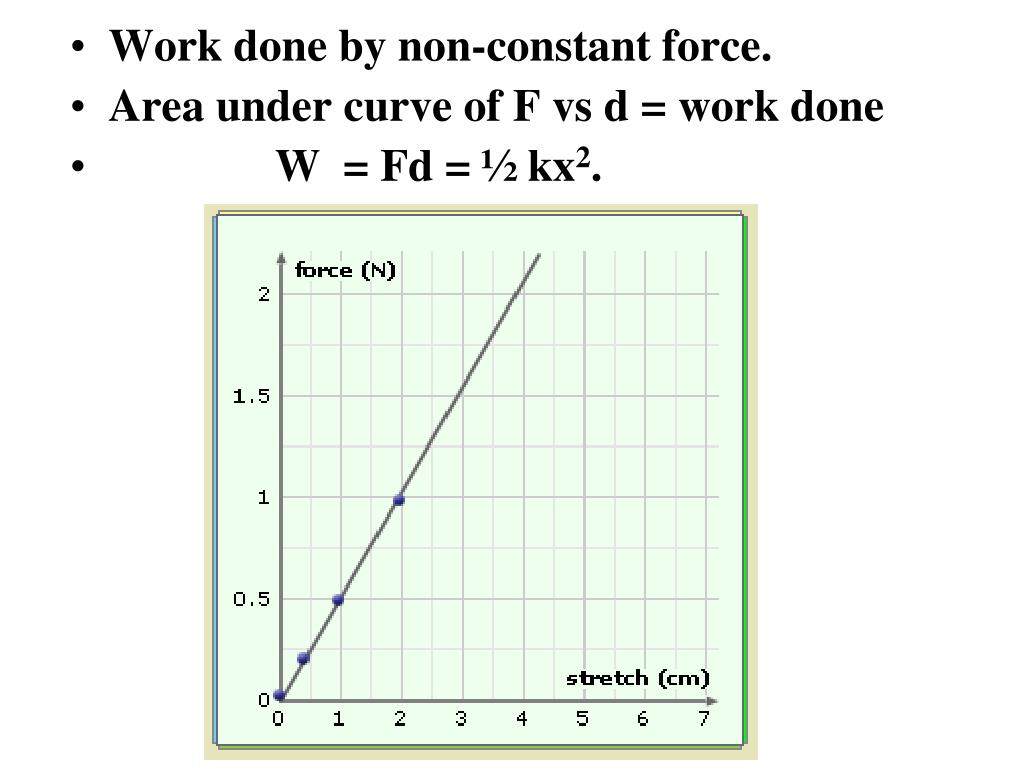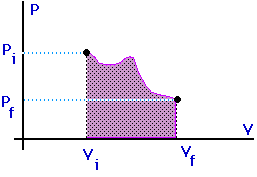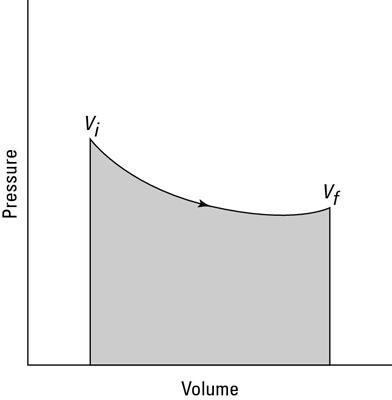
The horizontal friction force is then the net force, and it acts opposite to the displacement, so θ = 180º θ = 180º. The normal force and force of gravity cancel in calculating the net force. The work done by friction is the force of friction times the distance traveled, times the cosine of the angle between the friction force and displacement hence, this gives us a way of finding the distance traveled after the person stops pushing. In terms of energy, friction does negative work until it has removed all of the package’s kinetic energy. We know that once the person stops pushing, friction will bring the package to rest. How far does the package in Figure 7.4 coast after the push, assuming friction remains constant? Use work and energy considerations. Thus the net work isĮxample 7.5 Work and Energy Can Reveal Distance Too Net work is defined to be the sum of work done by all external forces-that is, net work is the work done by the net external force F net F net size 12. Let us start by considering the total, or net, work done on a system. We will see in this section that work done by the net force gives a system energy of motion, and in the process we will also find an expression for the energy of motion. We know from the study of Newton’s laws in Dynamics: Force and Newton's Laws of Motion that net force causes acceleration. We will also develop definitions of important forms of energy, such as the energy of motion.

We will find that some types of work leave the energy of a system constant, for example, whereas others change the system in some way, such as making it move. In this section we begin the study of various types of work and forms of energy. Some of the energy imparted to the stone blocks in lifting them during construction of the pyramids remains in the stone-Earth system and has the potential to do work. In fact, the building of the pyramids in ancient Egypt is an example of storing energy in a system by doing work on the system. In contrast, work done on the briefcase by the person carrying it up stairs in Figure 7.2(d) is stored in the briefcase-Earth system and can be recovered at any time, as shown in Figure 7.2(e). For example, if the lawn mower in Figure 7.2(a) is pushed just hard enough to keep it going at a constant speed, then energy put into the mower by the person is removed continuously by friction, and eventually leaves the system in the form of heat transfer. What happens to the work done on a system? Energy is transferred into the system, but in what form? Does it remain in the system or move on? The answers depend on the situation.




 0 kommentar(er)
0 kommentar(er)
